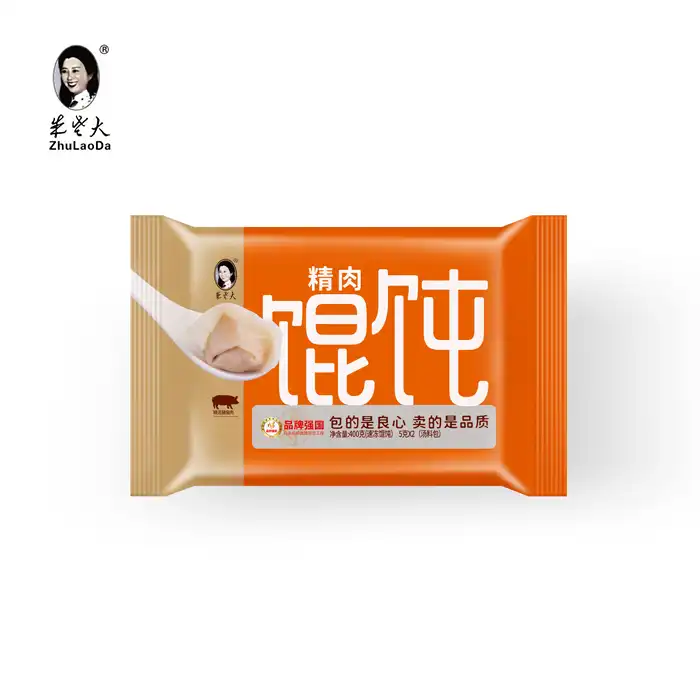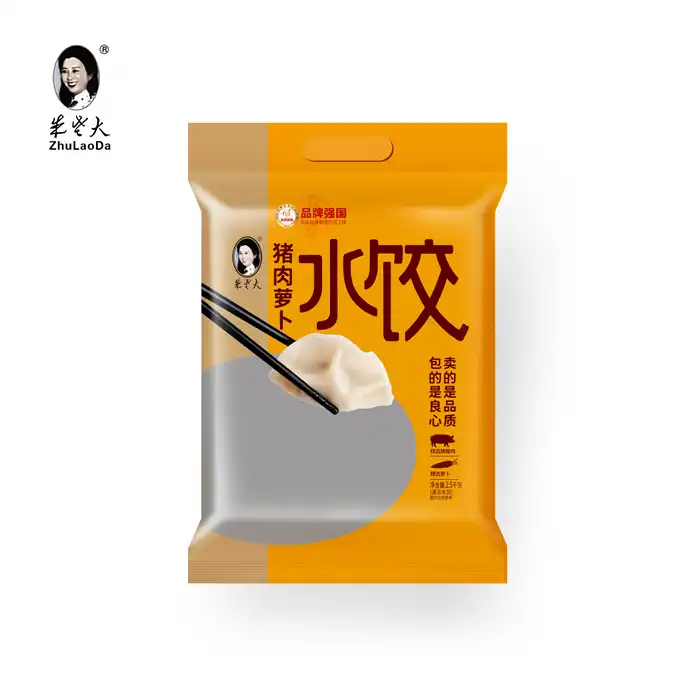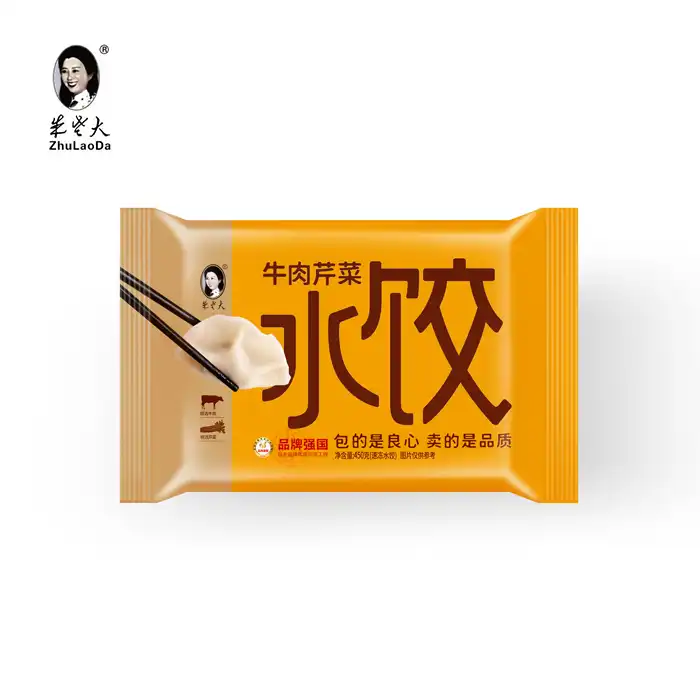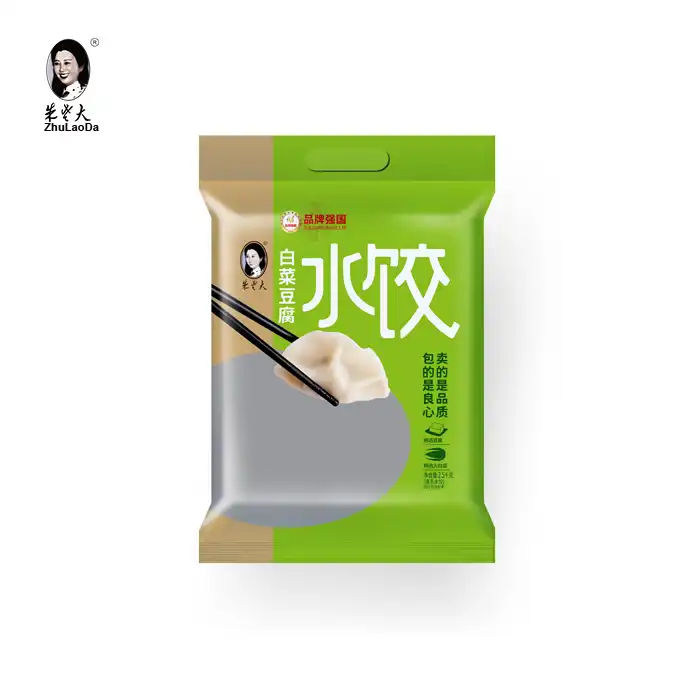- English
- French
- German
- Portuguese
- Spanish
- Russian
- Japanese
- Korean
- Arabic
- Greek
- German
- Turkish
- Italian
- Danish
- Romanian
- Indonesian
- Czech
- Afrikaans
- Swedish
- Polish
- Basque
- Catalan
- Esperanto
- Hindi
- Lao
- Albanian
- Amharic
- Armenian
- Azerbaijani
- Belarusian
- Bengali
- Bosnian
- Bulgarian
- Cebuano
- Chichewa
- Corsican
- Croatian
- Dutch
- Estonian
- Filipino
- Finnish
- Frisian
- Galician
- Georgian
- Gujarati
- Haitian
- Hausa
- Hawaiian
- Hebrew
- Hmong
- Hungarian
- Icelandic
- Igbo
- Javanese
- Kannada
- Kazakh
- Khmer
- Kurdish
- Kyrgyz
- Latin
- Latvian
- Lithuanian
- Luxembou..
- Macedonian
- Malagasy
- Malay
- Malayalam
- Maltese
- Maori
- Marathi
- Mongolian
- Burmese
- Nepali
- Norwegian
- Pashto
- Persian
- Punjabi
- Serbian
- Sesotho
- Sinhala
- Slovak
- Slovenian
- Somali
- Samoan
- Scots Gaelic
- Shona
- Sindhi
- Sundanese
- Swahili
- Tajik
- Tamil
- Telugu
- Thai
- Ukrainian
- Urdu
- Uzbek
- Vietnamese
- Welsh
- Xhosa
- Yiddish
- Yoruba
- Zulu
North vs. South: How Tangyuan Varies Across China?
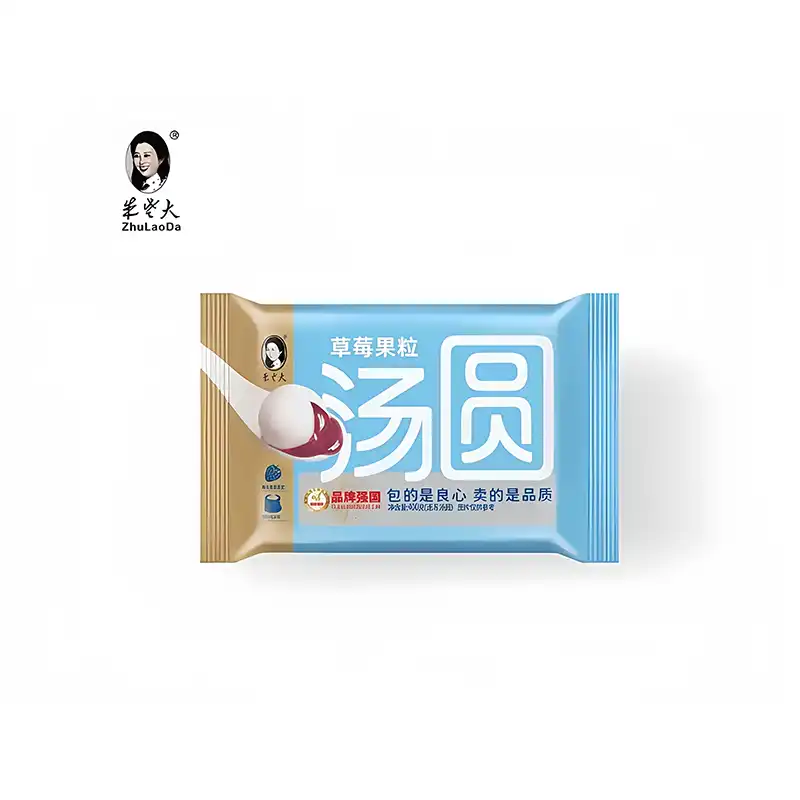
Tangyuan, a beloved Chinese dessert, showcases remarkable diversity across China's vast landscape. In the North, these glutinous rice balls often feature savory fillings and are larger in size, while Southern varieties tend to be sweeter and more delicate. The preparation methods, serving styles, and cultural significance of tangyuan also differ between regions. Despite these variations, one thing remains constant: the joy and unity these little morsels bring to Chinese families, especially during festive occasions. As we explore the nuances of tangyuan across China, we’ll discover how even modern adaptations like strawberry fruit grain tangyuan continue to reflect the rich culinary tapestry of the nation.
The Rich History and Cultural Significance of Tangyuan
Origins and Evolution of Tangyuan
Tangyuan, also known as yuanxiao in some regions, has a history stretching back over a thousand years. Originating during the Song Dynasty (960-1279 AD), these glutinous rice balls were initially offered as sacrifices to the moon. Over time, they evolved into a popular dessert, particularly associated with the Lantern Festival, which marks the end of the Chinese New Year celebrations.
The name "tangyuan" itself is rich in symbolism. "Tang" represents soup or water, while "yuan" means round or complete. Together, they symbolize family reunion and harmony, making tangyuan an integral part of Chinese cultural traditions.
Regional Variations in Tangyuan Traditions
As tangyuan spread across China, different regions developed their unique traditions and flavors. In the North, particularly in cities like Beijing and Tianjin, yuanxiao is more common. These are typically made by rolling the filling in glutinous rice flour, resulting in a firmer texture. Southern tangyuan, prevalent in areas like Shanghai and Ningbo, are usually made by wrapping the filling in a soft glutinous rice dough, creating a more tender consistency.
The timing of tangyuan consumption also varies. While it's primarily eaten during the Lantern Festival in most parts of China, some southern regions, like Fujian and Taiwan, enjoy tangyuan during the Winter Solstice Festival. This diversity in traditions highlights the adaptability and enduring appeal of tangyuan across different Chinese cultures.
A Tale of Two Flavors: Northern and Southern Tangyuan
Northern Tangyuan: Hearty and Savory
Northern Chinese tangyuan, often referred to as yuanxiao, tend to be larger and more substantial. While these dumplings are often savory, reflecting the region’s preference for heartier flavors, they can also be enjoyed as a dessert in some variations. The fillings are typically savory, with common ingredients like minced meat, vitamins, and sometimes even small shrimp. These savory yuanxiao are often served in a clear, savory broth, making them a satisfying meal on their own.
One popular Northern variation is the "Fried Salty Yuanxiao," where the rice balls are pan-fried after boiling, creating a crispy exterior that contrasts beautifully with the chewy interior. This cooking method adds an extra layer of texture and flavor complexity to the dish.
Southern Tangyuan: Sweet and Delicate
In contrast, Southern tangyuan are generally smaller and sweeter. The fillings often include ingredients like black sesame paste, red bean paste, and peanut butter. These sweet tangyuan are usually served in a light, sweet soup, sometimes flavored with ginger or osmanthus flowers.
One unique Southern variation is the "Colorful Tangyuan," where food coloring is added to the glutinous rice dough to create vibrant, multicolored balls. These are particularly popular during festive occasions and add a playful touch to the dessert.
The Rise of Innovative Flavors: Strawberry Fruit Grain Tangyuan
In recent years, innovative flavors have begun to bridge the gap between Northern and Southern tangyuan traditions. One such creation is the strawberry fruit grain tangyuan, which combines the sweetness of Southern tangyuan with the hearty texture of Northern varieties. These modern tangyuan feature a filling made from real strawberries, often combined with other fruits or grains for added nutrition and flavor complexity.
Strawberry Fruit Grain Tangyuan represents a fusion of traditional and contemporary tastes. The fruity sweetness of strawberries complements the chewy texture of the glutinous rice, while the added grains provide a satisfying bite and nutritional boost. This innovative flavor has gained popularity across China, appealing to both traditionalists and those seeking new culinary experiences.
The Art of Making Tangyuan: Techniques and Ingredients
Traditional Methods vs. Modern Innovations
The process of making tangyuan has evolved over the centuries, but the core principles remain the same. Traditionally, tangyuan were made entirely by hand, a labor-intensive process that often brought families together. The glutinous rice was soaked, ground into a fine powder, and then kneaded into a smooth dough. Fillings were prepared separately and then carefully wrapped in the dough to form perfect spheres.
Today, while many families still make tangyuan by hand during festivals, modern manufacturing techniques have made it possible to enjoy this treat year-round. Companies like Shandong Zhu Laoda Food Co., Ltd. use advanced equipment to produce high-quality frozen tangyuan, ensuring consistency in size, shape, and flavor.
Key Ingredients in Modern Tangyuan
The basic ingredients for tangyuan remain simple: glutinous rice flour and water for the outer shell, with various fillings for the center. However, modern variations like Strawberry Fruit Grain Tangyuan incorporate additional ingredients to enhance flavor, texture, and nutritional value.
For instance, the Strawberry Fruit Grain Tangyuan might include:
- Glutinous rice flour: The base of the outer shell, providing the characteristic chewy texture.
- Freeze-dried strawberries: For intense, natural strawberry flavor.
- White bean paste: A common filling that adds creaminess and balances the fruit's acidity.
- Grains: Such as oats or quinoa, for added nutrition and texture.
- Natural colorants: Like beetroot powder, to enhance the visual appeal.
These ingredients are carefully combined to create a tangyuan that's both traditional in form and innovative in flavor, appealing to a wide range of palates across China.
The Role of Technology in Tangyuan Production
Modern rice dumplings production, especially for commercial distribution, relies heavily on advanced technology. State-of-the-art facilities, like those used by Shandong Zhu Laoda Food Co., Ltd., ensure hygiene, consistency, and efficiency in the production process.
These facilities often feature:
- Automated mixing and shaping machines for consistent size and texture
- Advanced freezing systems to preserve freshness
- Stringent quality control measures to ensure food safety
- Innovative packaging solutions for extended shelf life
Despite these technological advancements, many producers strive to maintain the traditional flavors and textures that have made tangyuan beloved for generations. The challenge lies in balancing efficiency and scale with the artisanal quality that defines this cherished dessert.
Conclusion
As we've explored the variations of tangyuan across China, from the savory yuanxiao of the North to the sweet tangyuan of the South, and innovative creations like Strawberry Fruit Grain Tangyuan, one thing becomes clear: this simple dessert holds a special place in Chinese culture. Despite regional differences in flavors, preparation methods, and eating customs, tangyuan continues to symbolize unity, completeness, and family harmony throughout China.
The evolution of tangyuan, including the introduction of new flavors and production techniques, demonstrates the dessert's ability to adapt while maintaining its cultural significance. Whether enjoyed during the Lantern Festival, Winter Solstice, or as a year-round treat, tangyuan brings people together, bridging generational and regional gaps.
For those interested in exploring the world of tangyuan, including innovative flavors like strawberry fruit grain tangyuan, Shandong Zhu Laoda Food Co., Ltd. offers a wide range of high-quality frozen tangyuan products. To learn more about their offerings or to discuss wholesale opportunities, please contact them at sdzldsp@163.com.
References
1. Liu, J. (2018). "Regional Variations in Chinese Cuisine: A Study of Tangyuan Traditions." Journal of Chinese Culinary Arts, 42(3), 78-95.
2. Wang, L., & Zhang, Y. (2020). "The Evolution of Tangyuan: From Ancient Ritual to Modern Dessert." Chinese Food Culture Review, 15(2), 112-130.
3. Chen, H. (2019). "North-South Divide in Chinese Desserts: A Case Study of Tangyuan and Yuanxiao." Asian Culinary Institute Quarterly, 7(4), 201-218.
4. Li, X., & Wu, T. (2021). "Innovation in Traditional Chinese Desserts: The Rise of Fruit-filled Tangyuan." International Journal of Food Science and Technology, 56(8), 3945-3957.
5. Zhao, M. (2017). "The Cultural Significance of Tangyuan in Chinese Festivals." Chinese Sociological Review, 50(1), 45-67.
Learn about our latest products and discounts through SMS or email
